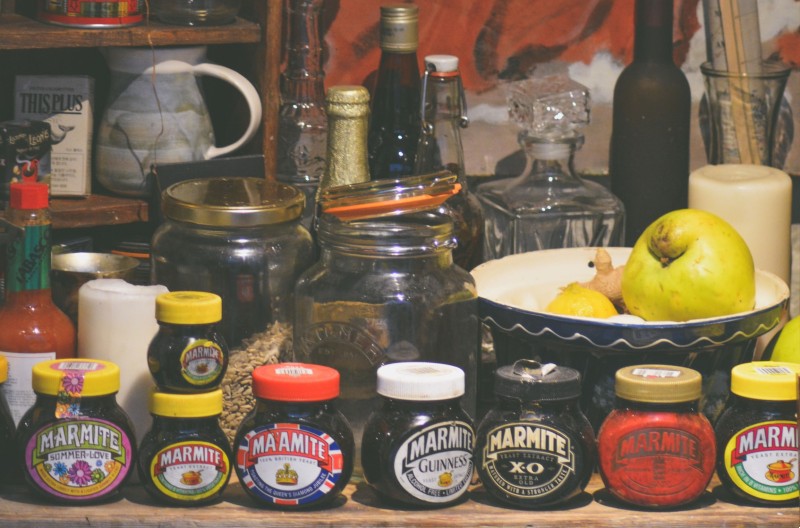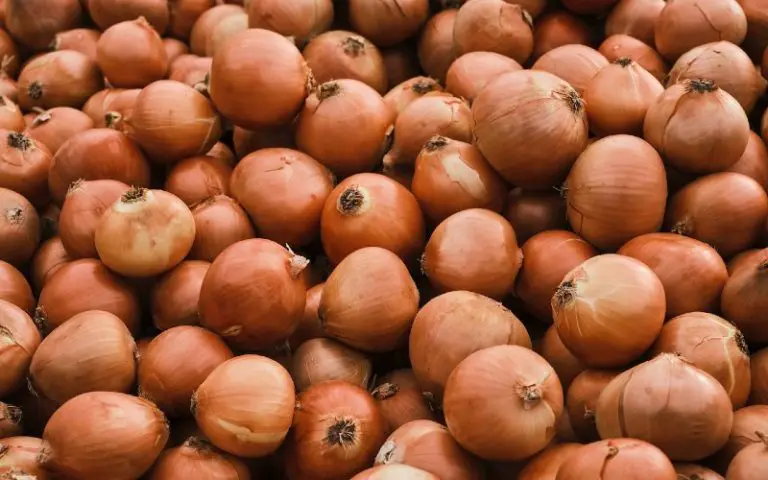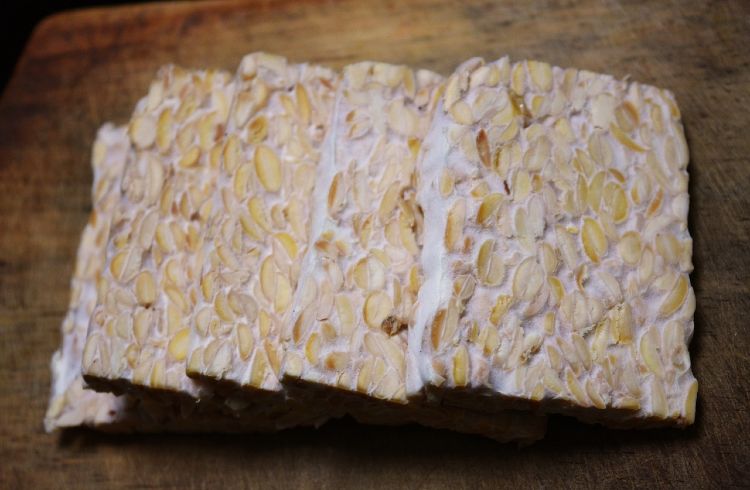What Does Marmite Taste Like?
Quick Answer
Marmite has a very concentrated, salty, and umami flavor with a hint of bitterness. The texture is smooth but quite sticky, resembling a very thick syrup. Its taste is polarizing, with people generally either loving it or disliking it intensely. Often spread thinly on buttered toast, it’s also used to add depth of flavor to recipes like stews and casseroles.
What is Marmite?
Marmite is a food spread made from yeast extract, a by-product of beer brewing.
It’s a dark, thick, sticky substance with a very strong, salty, and umami flavor.
The spread is particularly popular in the United Kingdom, as well as in other countries like New Zealand and South Africa, although the recipes differ slightly between regions.
Marmite is often used on toast, in sandwiches, and as a flavoring in various recipes.
What Does Marmite Taste Like?
Marmite offers a unique and powerful flavor experience that is not easily forgotten.
At its core, the taste is salty with a pronounced umami kick, the savory flavor often associated with foods like soy sauce and meats.
However, that’s not all; Marmite also has a subtle, underlying bitterness that rounds out its flavor profile.
This combination of salty, umami, and bitter elements makes Marmite a particularly polarizing food item.
Its concentrated taste means that even a small amount can make a big impact.
What is The Texture Of Marmite Like?
When it comes to texture, Marmite is smooth but incredibly sticky. It bears a resemblance to a very thick syrup or molasses.
When you dip a knife or a spoon into a jar of Marmite, you’ll find it clings stubbornly to the utensil, almost like a paste.
This sticky consistency means it can be a bit tricky to spread thinly on toast – a common way it’s consumed.
Despite this, its smoothness allows it to blend relatively easily into hot liquids and sauces, making it a versatile ingredient in various recipes.
Polarizing Nature of Marmite’s Flavor
The “Love it or Hate it” Phenomenon
Marmite’s flavor is one of the most polarizing in the culinary world, often eliciting strong reactions from those who try it. Its intense combination of salty, umami, and slightly bitter notes can be either deeply satisfying or off-putting, depending on individual palates. For some, the richness adds a burst of flavor that enhances a variety of foods, from simple toast to complex stews. For others, the strong taste is simply too much to handle, leading to immediate aversion.
Interestingly, Marmite’s own marketing campaigns have leaned into this divisive nature with slogans like “Love it or hate it.” Instead of aiming for universal appeal, the brand embraces its contentious reputation, making it a talking point and a matter of personal identity. You’ll find people proudly proclaiming their love or disdain for Marmite on social media, in family discussions, and even in dating profiles. This “love it or hate it” branding strategy has proven to be quite effective, fostering a sense of community among Marmite lovers while piquing the curiosity of those who have yet to try it.
FAQs
How is Marmite made?
Marmite is produced by extracting yeast, a by-product from brewing beer, and concentrating it into a thick, dark spread. The extract undergoes various processes, including concentration and seasoning, to produce the final product.
Why Do People Have Such Strong Opinions About Marmite?
The strong, concentrated flavor of Marmite tends to divide people into two camps: those who love it and those who can’t stand it. This love-hate relationship is even part of Marmite’s marketing.
How Do You Eat Marmite?
Marmite is most commonly spread thinly on buttered toast. It can also be used to add flavor to various recipes like stews, casseroles, and even pasta dishes. Some people also enjoy Marmite dissolved in hot water as a savory beverage.
Is Marmite Vegetarian or Vegan?
Most versions of Marmite are vegetarian, and some are also vegan, but it’s always a good idea to check the label for specific dietary information.
Is Marmite Healthy?
Marmite is rich in B vitamins, including B12 in some formulations. However, it is also high in salt, so it should be consumed in moderation, especially by those monitoring their sodium intake.
What is the Difference Between Marmite and Vegemite?
Both Marmite and Vegemite are yeast extract spreads, but they have different flavors and textures. Vegemite is generally smoother and less intense than Marmite and is popular in Australia.
Can Children Eat Marmite?
Yes, children can eat Marmite, but due to its high salt content, it should be given in moderation. Always consult a pediatrician for personalized dietary advice.
Can I Cook with Marmite?
Absolutely, Marmite can be used as a flavor enhancer in various recipes, such as stews, casseroles, and sauces. Its concentrated flavor adds depth and richness.
How Long Does Marmite last?
Marmite has a long shelf life and can last for several months when stored in a cool, dry place. Once opened, it’s best to use it within a year, although it rarely spoils if properly stored.




